Establishment of marine life going swimmingly
Professor Chris Battershill checks in on how the new marine life is developing at the seapods in Tauranga Harbour.
Ensure availability and sustainable management of water and sanitation for all

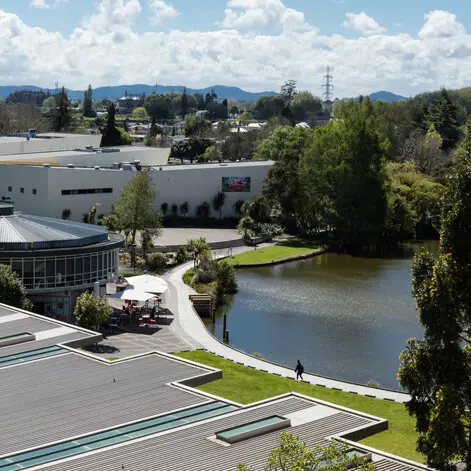
We have 85 water fountains across our campuses to ensure our staff and students have access to fresh drinking water.

Our dedicated research group within the School of Engineering focused on providing clean water for communities, businesses and industry.
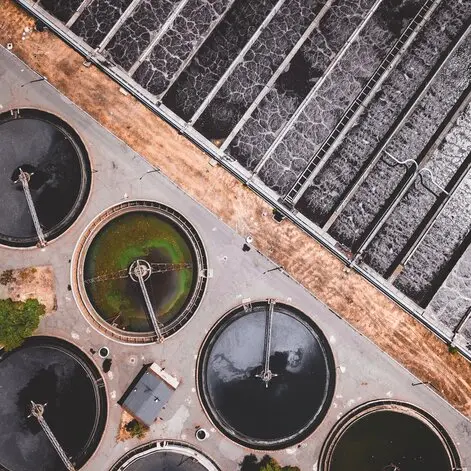
Our Macroalgae Research Facility in Tauranga is dedicated to research which will help us advance our collaboration in wastewater bioremediation with community partners.
We are committed to protecting the environment and the health and safety of our communities. We adhere to the discharge requirements outlined in Section 15 of the Resource Management Act, the National Policy Statement for Freshwater Management 2020 (Amended January 2024), as well as regional water standard regulations and applicable resource and trade waste consents.
To prevent contamination, backflow prevention (inspected annually) is implemented across our Hamiton campus. Wastewater from our Science labs is monitored and audited by Hamilton City Council.
Water discharged into the local wastewater and stormwater network is treated by Hamilton City Council, which follows sustainable policies that govern both the amount of water drawn from the Waikato River, Hamilton’s drinking water source, and the treatment of water discharged back into the river.
We have a Property Services Standard Brief that contains building standards for us to minimise water use in all new construction and to make sure the best energy, environmental and sustainable practices are adopted for campus design and construction. The Design Team is continually seeking new sustainable opportunities.
Digital Mbus meters are required to be installed wherever appropriate on all major services. This means the water supplied is metered and communicated back to the Building Management System (BMS) by way of BACnet technology. Special attention is paid to fitting selection when considering general water installation, and water is to be re-used wherever possible. To minimise water use at all points appropriate, restricted volume taps and low-flow or dual-flush toilets are also employed.
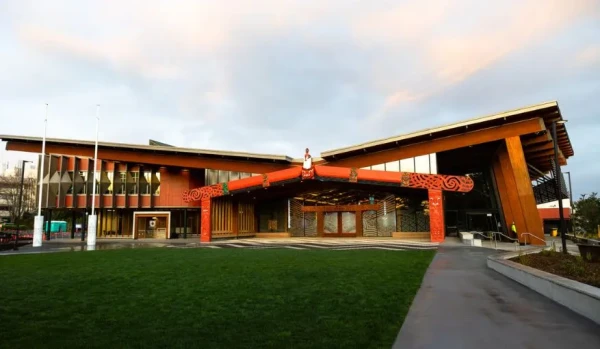
Our Campus Masterplan (page 12) identified several opportunities to enhance the existing catchment, waterways, and lakes, and increase native planting. Principles outlined in the plan identify work towards the ecological enhancement of waterways, lakes and wetlands and prioritise ecological stormwater catchment systems, including reducing the amount of hard-paved areas. In our recent major building projects, the Tauranga CBD campus and our new landmark building on the Hamilton campus, The Pā, rainwater is collected off the roofs for greywater use.
Our two marine field stations (the Coastal Marine Field Station and Raukōkore Marine Research Centre), as well as conducting research, are also used for educating our communities. We regularly arrange visits and field trips for school and community group and host delegations from government ministries and regional agencies and associations.
We actively promote conscious water use in the community through the Science Learning Hub with a range of 'Smart Water' initiatives to educate school children on water management, and Hamilton City Council to teach children the importance of valuing water.
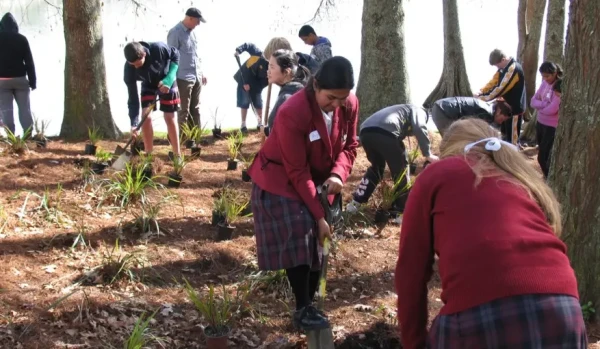
We have over 2,500 trees (excluding plants under 3 metres) on our 65-hectare Hamilton campus. Over 2,000 of these are native and therefore adapted to local rainfall conditions.
Our Hamilton campus has three lakes, the edges of which host a wide range of wetland plants; our native fern collection includes more than 70 New Zealand ferns. We have established eco-sourced plants from the Waikato Basin which feature below Gate 10.
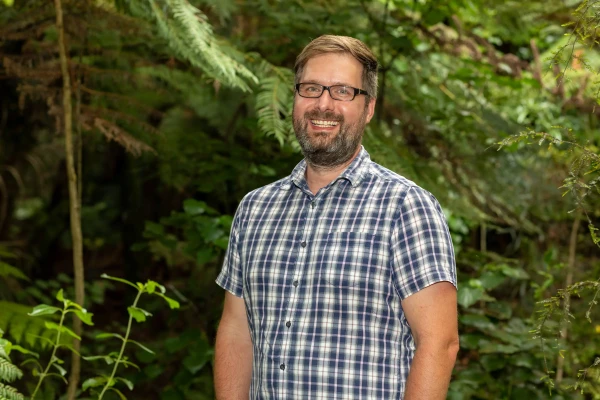
Leading freshwater scientist Dr Deniz Özkundakci has made a valuable contribution to the management of lakes across the Waikato region over the course of his career, with a special focus on mitigating the impacts of agriculture. In 2020 he developed a strategic framework to improve modelling for environmental decision-making and in late 2021 he was appointed to the role of Toihuarewa - Waimāori Bay of Plenty Regional Council Chair in Lake and Freshwater Science. In this role he will guide the extensive work being done to protect and restore water quality in the 12 Rotorua lakes for the enjoyment and use of present and future generations. The Rotorua Te Arawa Lakes Programme is a partnership with Rotorua Lakes Council, Te Arawa Lakes Trust and Bay of Plenty Regional Council with funding from the Ministry for the Environment.
You are currently viewing the website as an international visitor, you might want to change to domestic.
You're an international student if you are:
You're a domestic student if you are: